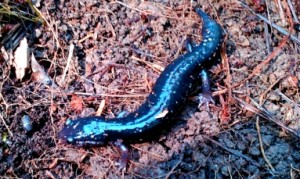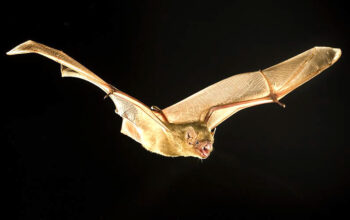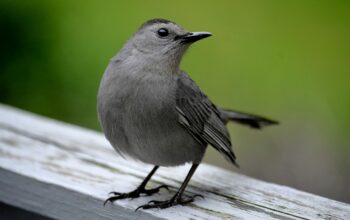
Salamanders prefer a moist habitat and avoid direct sunlight. Beyond that, their habitats vary widely, and they may be found in water, on land, in trees, cliffs, caves and deep wells. The Southern Dusky Salamander is a familiar sight here in south Louisiana, usually found under rocks, logs, bark, leaf litter and debris.
Salamanders prefer cool weather to warm, and terrestrial species are found easiest in the spring and fall, particularly at or near the pools where they breed. Identification can be difficult due to the fact that species may interbreed, thereby exhibiting confusing traits, even to herpetologists. Most species are nocturnal, and they generally feed on aquatic or terrestrial insects, small invertebrates and their eggs and larvae, or the larvae of other salamanders.
In captivity, they will eat earthworms, beef or other meats, and insects. Paracelsus identified the salamanders as the third group of elementals, or spirits of fire, as noted by Manly P. Hall in “The Secret Teachings of All Ages”. It is this distinction that led to the Medieval belief that salamanders were protectors against fire.



